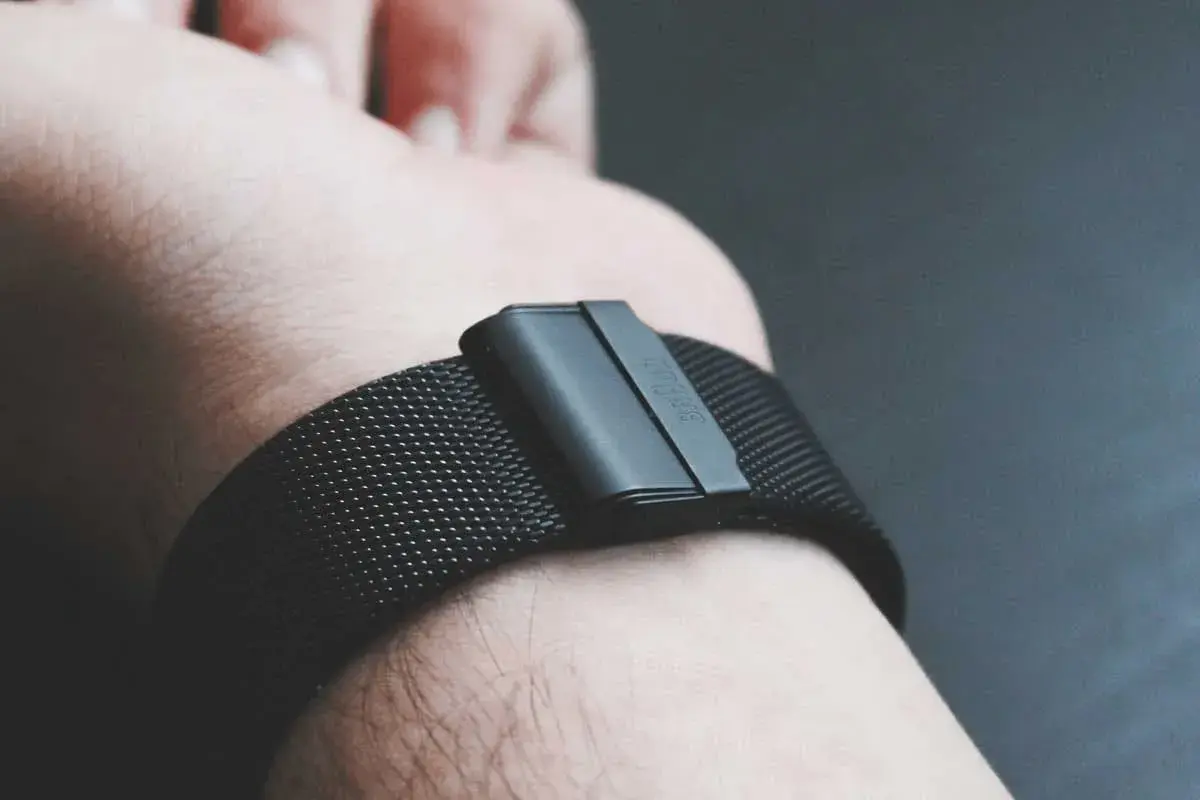AccelBand
FreeRTOS C++ Analog Design Digital Design PCB Prototyping RF Power Management Analog Front End Low Power Wireless Power Transfer Multi-layer Design Manufacturing Systems Engineering Bluetooth Monthly ContractThe AccelBand project involved the design and development of a leg-worn transcutaneous neuromodulation device aimed at treating neurogenic bowel dysfunction in individuals with spinal cord injury. Our engineering team was responsible for creating both the hardware and embedded software solutions, including designing the stimulation, impedance measurement, and calibration circuits. On the software side, we developed an event-driven architecture using FreeRTOS and C++, ensuring the system was scalable and highly reliable. The platform is built on the nRF52832 SoC, demonstrating our expertise in delivering complex, integrated hardware and software solutions.




